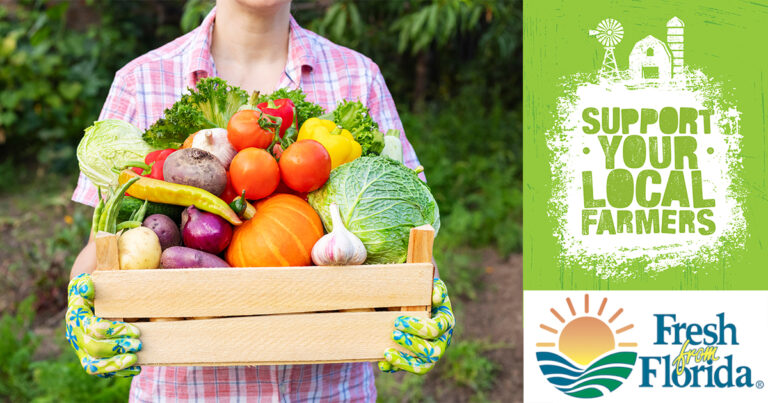- Now 2 Locations to Choose From!
- (727) 819-9107
- sabp@tampabaysurgicalgroup.com

4 Reasons to Eat Fresh Seasonal Produce

Thanks to planes, trains, and automobiles, we now have access to food worldwide and at any time of the year. This can be beneficial in that we can include a variety of foods and nutrients in our weekly, if not daily, diet repertoire that is not even grown in this country. Many of them are American staples like coffee and cacao. We are now accustomed to seeing a diverse selection of fruits and vegetables year-round, despite the true season that they grow.
Choosing produce that is as local as possible or has traveled the least distance to get to your plate can be very beneficial for more than one reason. We know that fruits and vegetables are the most nutritious when harvested at their peak ripeness. As you might imagine, when traveling a reasonable distance, the produce will be picked early to ensure product stability until it reaches its destination. Local produce will often be harvested closer to peak ripeness, and fewer preservatives are needed at shorter travel distances. I hate to state the obvious, but…. perhaps the best benefit is that more nutrients and ideal ripeness equals more flavorful, better-tasting food.
Another positive is that local produce is typically better for your wallet. This is simply a supply and demand concept. The cost will decrease on seasonal foods grown in abundance and not intended to be shipped long distances. Also, the environment benefits from less food transportation and fewer chemicals used to preserve that food. Additionally, purchasing local produce supports our farmers and communities.
To find out what grows in Florida and when it is in season, check out Fresh From Florida’s website. Consider signing up for a produce box that can be dropped at your home or shopping at your local Farmer’s Market. These are the best and easiest ways to eat more fresh local produce.

Damian Bramer, Nutritionist
Damian earned her bachelor’s in nutrition science from UC Davis, California and is a certified nutrition consultant. She provides nutrition guidance and education for people who suffer from a wide array of conditions such as autoimmune disease, degenerative diseases, mental illnesses, diabetes, cancer and most recently obesity. She has also provided support for specialty groups such as athletes, adolescents, and the elderly.
She believes the best way to maintain good health is to adopt eating and lifestyle habits that are sustainable for the long term. These habits should not only be manageable but enjoyable to you as well. They should support your individual energy requirement, optimize your digestive health, lower inflammation, and keep your blood sugar balanced.
Strengthening the body’s systems and improving the quality of life with whole foods nutrition is the common goal for all her patients.
